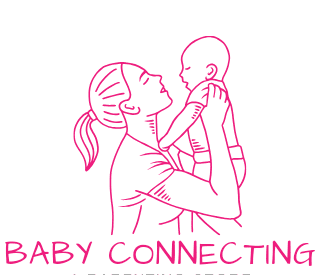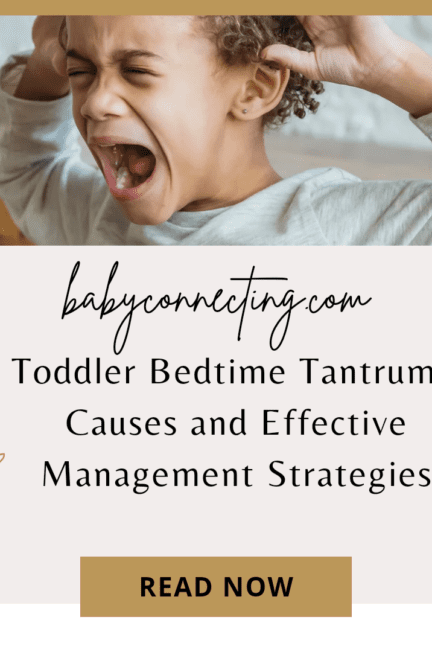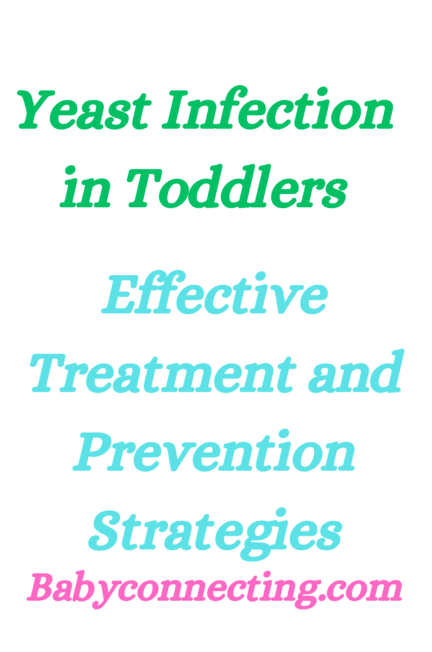“Understanding Baby Ear Infections: Signs and Prevention”
Introduction:

Ear infections are a common concern for parents of babies and young children. Knowing the signs of an ear infection and understanding how to prevent them is essential for maintaining your baby’s health and well-being. In this article, we’ll explore baby ear infections in easy language, supported by research references, to provide a comprehensive understanding of this topic and empower parents to take proactive measures to protect their little ones.
What are Baby Ear Infections?
Ear infections, also known as acute otitis media (AOM), occur when bacteria or viruses infect the middle ear, causing inflammation and fluid buildup behind the eardrum. Babies and young children are particularly prone to ear infections due to their developing immune systems and smaller Eustachian tubes, which are more prone to blockages and fluid buildup.
Signs of Baby Ear Infections:
Recognizing the signs of an ear infection in your baby is crucial for prompt diagnosis and treatment. Common signs may include:
1. Ear Pain:
Babies with ear infections may tug or rub at their ears, indicating discomfort or pain.
2. Irritability:
Your baby may become unusually fussy or irritable, especially during feeding or while lying down.
3. Fever:
A low-grade fever (generally below 102°F or 38.9°C) may accompany an ear infection, though not always.
4. Difficulty Sleeping:
Pain and discomfort from an ear infection can disrupt your baby’s sleep patterns, leading to increased restlessness or nighttime awakenings.
5. Changes in Appetite:
Babies with ear infections may show decreased interest in feeding due to pain or pressure in the ear.
6. Fluid Drainage:
In some cases, a baby’s ear infection may cause fluid or pus to drain from the affected ear, indicating a ruptured eardrum.
Prevention of Baby Ear Infections:
While it may not be possible to prevent all ear infections, there are steps parents can take to reduce the risk. Key preventive measures include:
1. Breastfeeding:
Breastfeeding provides essential antibodies that can help strengthen your baby’s immune system and reduce the risk of infections, including ear infections.
2. Avoiding Tobacco Smoke:
Exposure to tobacco smoke, whether during pregnancy or after birth, can increase the risk of ear infections in babies. Avoid smoking and minimize exposure to secondhand smoke.
3. Limiting Bottle Propping:
Avoid propping your baby’s bottle during feedings, as this can lead to milk or formula pooling in the Eustachian tubes and increase the risk of infection.
4. Practicing Good Hygiene:
Wash your hands regularly and encourage others to do the same, especially before handling your baby or their belongings. This helps reduce the spread of germs that can cause infections.
5. Vaccinations:
Ensure your baby is up-to-date on recommended vaccinations, as certain vaccines, such as the pneumococcal and influenza vaccines, can help prevent infections that may lead to ear infections.
Research References:
1. American Academy of Pediatrics. (2013). Otitis Media with Effusion. HealthyChildren.org.
2. Rovers, M. M., Schilder, A. G., Zielhuis, G. A., Rosenfeld, R. M. (2004). Otitis media. The Lancet, 363(9407), 465-473.
Conclusion:
Ear infections are common in babies, but by recognizing the signs and taking preventive measures, parents can help reduce the risk of these uncomfortable infections. If you suspect your baby has an ear infection or if they exhibit any signs of discomfort, fever, or changes in behavior, consult a healthcare provider for proper evaluation and treatment. With proper care and attention, most baby ear infections can be effectively managed, allowing your little one to recover and thrive.




